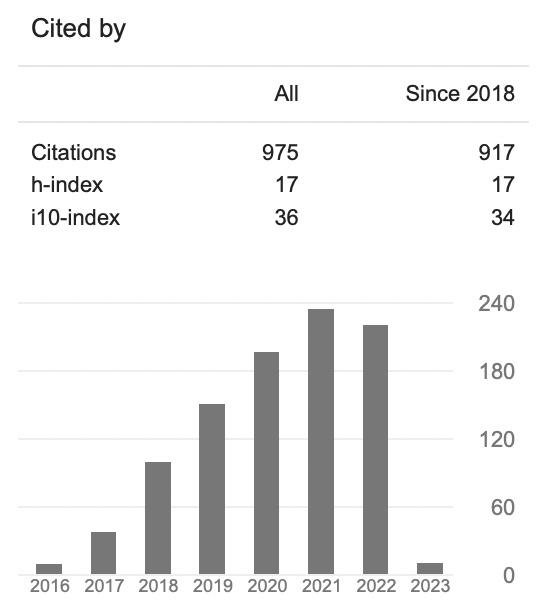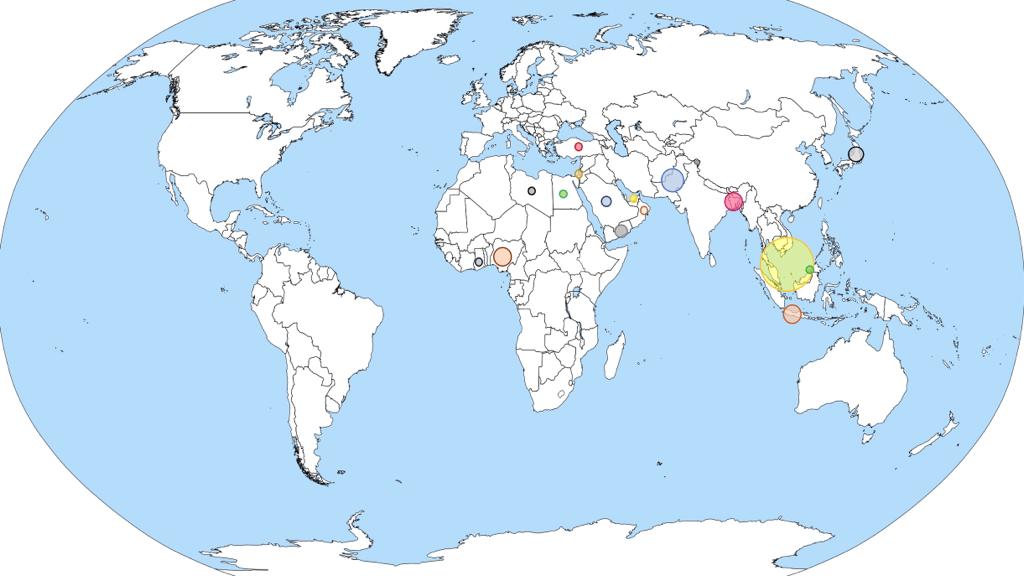The Issue of Uninsured Workers in Construction Industry in Japan
Keywords:
uninsured workers, multi-layered system,, social insurance policy, selfemployment workers, subcontractors, construction industry in JapanAbstract
This research attempts to address the issue of uninsured workers in construction industry in Japan. One of the causes of non-participation in social insurance policy is the multi-layered system of the construction industry. There are two main problems with the multi-layered subcontracting structure in construction industry in Japan. One is the issue of intermediate exploitation where subcontractors are not paid legitimate wages and social insurance premium charged by the company. The second issue is that employees have been laid off and forced to become self-employed workers after the bubble economy collapsed in the mid- 1990s and the 2008 Lehman Shock. Previous research on labor protection and social insurance coverage are few and insufficient in Japan. The issue of uninsured workers has been researched in a practical way up to now, but has not been researched very much in an academic way. Labor economist Hippo [1], did not discuss in detail the issue of uninsured workers in construction industry, in his important studies on the multi-layered system. I would like to discuss this problem of the multi-layered system in construction industry in Japan theoretically and examine the actual condition of the uninsured workers today under the new government policy. This study employs a mixed method. Firstly, I look at the latest governmental surveys and statistics. Secondly, this study also interviews the officers of the Labors Union. This will allow me to identify the construction workers economic situation, especially uninsured workers’ problem. This paper concludes that without fundamental change to the multi-layered system in construction industry in Japan, employment of younger people, retention of the construction workers and maintenance of construction quality will continue to be jeopardized.













